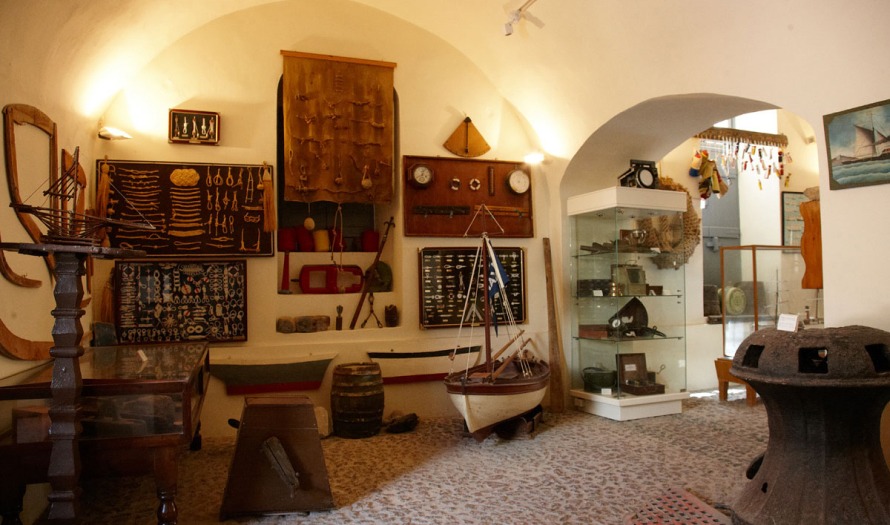The “Canaves”
Until the 20th century, there were many Canaves (old wineries) in the settlements or outside the Κastelia, in the countryside, always close to their owner’s residence. Wineries were usually rock-hewn underground or protected by nearby buildings.
As architect and professor Mr Dimitris Filippidis writes * “The simplest type, with one vault, usually consist of two rows of barrels with a passageway between them. The commonest barrels are placed on the side on special bases, while the larger ones stand upright. At the end of the row of the barrels is linos, a vertical cylindrical pit in the ground, in which the must collects, and adjacent to this, behind a low wall, is the patitiri, the grape-pressing floor. Some of the Canaves had two winepresses, one big for the white grapes, and one small for the red ones. Some wineries had a third winepress for the sweet Vinsanto wine.
The must is transferred from the linos to the barrels manually. In addition to the traditional system of pressing the grapes by trampling on them, industrial presses were installed later.
* Εxtract from the book “Santorini: Thera, Therasia, Aspronisi, Volcanos”, by Ioannis Danezis/2001, Editor in chief Emm. A. Lignos.
info
- Ιn the old kanaves there was the arrangement of the rakidia, that is units for distilling raki (aquavit) from the marc. Essential for this process is the existence of the hearth, where a fine burned under the copper cauldron, as well as of plenty of water, which was always in short supply on the island. Special tanks were built for collecting rainwater, which was channeled directly to the interior of the rakidio.
- In order to discover some of the old Canaves you have to visit Finikia, the neighborhood of Perivolas in Oia, Megalohori, Episkopi Gonia, Exo Gonia.


